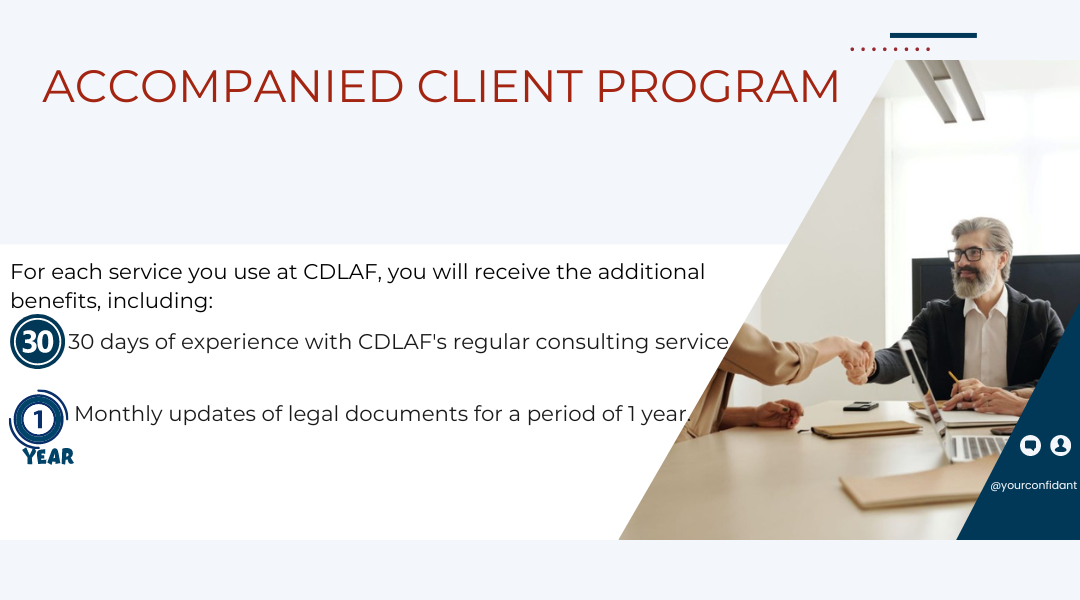In a joint stock company, the distribution of power among governing bodies is not merely a formality. It reflects how the company operates, makes decisions, and manages risks. This article analyzes the roles, powers, and relationships among the General Meeting of Shareholders, the Board of Directors, the Director/General Director, and other related parties. Through this, it aims to help investors, business managers, and shareholders clearly understand who has the authority to make decisions and how to ensure the governance structure operates effectively and transparently.

1. General Meeting of Shareholders – The “Parliament” of the Joint Stock Company
The General Meeting of Shareholders (GMS) is the highest authority in a joint stock company, comprising all shareholders with voting rights. The GMS acts like the company’s “Parliament”. It is where the ultimate decisions that guide the entire company are made.
Key Powers of the General Meeting of Shareholders:
- Determining the company’s long-term strategy and deciding on crucial matters such as amending the charter, distributing dividends, or dissolving the business.
- Approving annual financial reports, deciding on share classes, dividend ratios, and major transactions valued at 35% or more of total assets.
- Electing and dismissing members of the Board of Directors and the Supervisory Board (those who will represent shareholders in exercising day-to-day governance).
Advice: Even though the General Meeting of Shareholders (GMS) holds supreme power, in reality, minority shareholders often face difficulties participating deeply in decision-making. Therefore, it’s essential to establish mechanisms for transparent information disclosure and consultation prior to meetings to protect the rights of all shareholders.
2. Board of Directors – The Hub for Strategic Decision-Making and Executive Oversight
If the General Meeting of Shareholders (GMS) is the “Parliament,” then the Board of Directors (BOD) is the executive cabinet of the enterprise. The BOD is fully empowered to decide and carry out management activities on behalf of the company, with the exception of matters falling under the authority of the GMS.
Key Rights and Obligations of the BOD:
- Formulating the enterprise’s medium-term and annual strategies and plans;
- Making decisions regarding finance, investment, capital mobilization, share selling prices, and major contracts that do not fall under the authority of the GMS;
- Appointing, supervising, and dismissing the Director/General Director and other senior management positions;
- Proposing dividend levels, handling losses, and company reorganization.
BOD operates through meetings and questionnaire surveys, and its decisions are formalized in legally binding resolutions. If a BOD resolution violates the law or the company’s charter and causes damage, the members who voted in favor of it are jointly and severally liable.
Practical Note: In practice, many businesses suffer from the abuse of power by the Board of Directors due to a lack of internal controls. Establishing clear governance regulations and effective internal monitoring mechanisms is a prerequisite to avoid conflicts of interest.
3. President of the BOD and Director/General Director – The “Power Duo” of the Enterprise
The distribution of roles between the President of the BOD and the Director or General Director is a crucial point in modern corporate governance. Each has a distinct role, but they also need to be closely linked to ensure smooth operation.
President of BOD – The Strategic Guide and Oversight Executive
The President of the BOD is elected from among the BOD members and is responsible for convening, presiding over, and organizing the activities of the Board. Additionally, the Chairman represents the company at shareholder meetings and plays a coordinating role among different levels of management.
In certain special circumstances (e.g., the President loses legal capacity, is temporarily detained, or is absent for unknown reasons, etc.), the remaining BOD members must elect a temporary replacement based on the majority principle.
Director/General Director – The Day-to-Day Operations Executive
The Director or General Director is responsible for operating the business according to the approved business plan and reports directly to the Board of Directors. They have the authority to organize the human resources apparatus, make recruitment decisions, manage payroll, and execute short-term financial plans.
For state-owned enterprises or public companies, the Director must meet stricter standards regarding their background, family relationships, and professional experience.
4. Board of Directors Members – Who Truly Represents Shareholders?
The number of BOD members can range from 3 to 11, depending on the Company Charter. Their term of office is no more than 5 years, and they can be re-elected without limit, except for independent members who are limited to a maximum of 2 consecutive terms. Businesses need to ensure a certain proportion of independent members of the BOD, especially for companies with state capital or large controlling shareholders. This aims to minimize the risk of manipulation and ensure an objective voice for minority shareholders.
5. Advice for Businesses: Strengthening Governance Through Strategic Legal Steps
To operate a joint stock company effectively and sustainably, simply complying with the law isn’t enough. Businesses need to build a professional, transparent, and controlled internal governance foundation, especially in an ever-changing legal landscape. Here are 4 key recommendations companies should prioritize implementing:
Regularly Review the Company Charter to Align with the Latest Enterprise Law
The Charter serves as the “internal constitution” of a business, governing all operations, powers, and responsibilities of its administrative bodies. However, many companies continue to use their initial Charter without updating it to reflect amendments in the Enterprise Law or new guiding decrees. We recommend the following actions:
- Review the Charter regularly, at least once a year;
- Check if internal regulations remain compliant with current laws (especially regarding the organization of the General Meeting of Shareholders, voting rights, information disclosure obligations, etc.);
- In cases of significant changes, such as a change in business type, governance model, or strategic shareholders, the Charter needs to be amended immediately to avoid dispute risks.
Establish Clear Governance Regulations and Conflict of Interest Resolution Mechanisms
One common cause of disputes in joint-stock companies is ambiguity regarding the rights, responsibilities, and interests among different groups of shareholders and management. This often stems from a lack of well-structured internal governance regulations. The proposed solution is:
- Issue operating regulations for the Board of Directors, Supervisory Board, and Director, clearly defining the scope of authority and limits of action for each position.
- Develop a mechanism for handling conflicts of interest, such as a process for reporting related-party transactions and addressing cases where personal interests affect company decisions.
- These regulations should be approved by the General Meeting of Shareholders or recorded in the Charter to enhance their legal enforceability.
Provide Legal Training for Shareholders, BOD, and Executive Board
In practice, many individuals involved in the Board of Directors or holding senior management positions do not fully understand their rights and obligations under the law. This can lead to unintentional violations or missed opportunities to protect the company’s legitimate interests. Here are some practical recommendations:
- Businesses should collaborate with in-house counsel or external law firms to organize regular training sessions (biannually or when there are changes in the law).
- Training content should include: responsibilities of the Board of Directors, handling related-party transactions, civil and criminal liability in corporate governance, and fundamental legal skills.
- Training materials and content should be specially prepared based on the business’s specific industry, avoiding generic theories.
Regularly Engage a Legal Team – Not Just for “Firefighting”
Many businesses only seek legal advice when disputes arise, yet legal risks can often be prevented early on. A consistently engaged legal team not only helps the business comply with the law but also provides early warnings and contributes to building an effective internal governance system. Proposed solutions:
- Develop a “Retainer Legal Counsel” model to ensure legal experts are always available for consultation, contract review, and handling any legal media crises.
- Accompanying lawyers can participate in important internal meetings as consultants to ensure decisions comply with the law and avoid risks for individual Board of Directors members.
- Regular legal accompaniment also helps businesses build a culture of legal compliance and prevent disputes from the outset
A robust governance system relies not only on operational capability but also on a strong, transparent, and controlled internal legal framework. In the context of constantly fluctuating legal and market landscapes, businesses increasingly need to be proactive in establishing and maintaining a sustainable legal foundation for long-term development.
Time of writing: 05/06/2025
The article contains general information which is of reference value, in case you want to receive legal opinions on issues you need clarification on, please get in touch with our Lawyer at info@cdlaf.vn

Why choose CDLAF’s service?
- We provide effective and comprehensive legal solutions that help you save money and maintain compliance in your business;
- We continue to monitor your legal matters even after the service is completed and update you when there are any changes in the Vietnamese legal system;
- Our system of forms and processes related to labor and personnel is continuously built and updated and will be provided as soon as the customer requests it;
- As a Vietnamese law firm, we have a thorough understanding of Vietnam’s legal regulations, and grasp the psychology of employees, employers, and working methods at competent authorities;
- CDLAF’s team of lawyers has many years of experience in the field of labor and enterprises, as well as human resources and financial advisory.
- Strict information security procedures throughout the service performance and even after the service is completed.
You can refer for more information:







